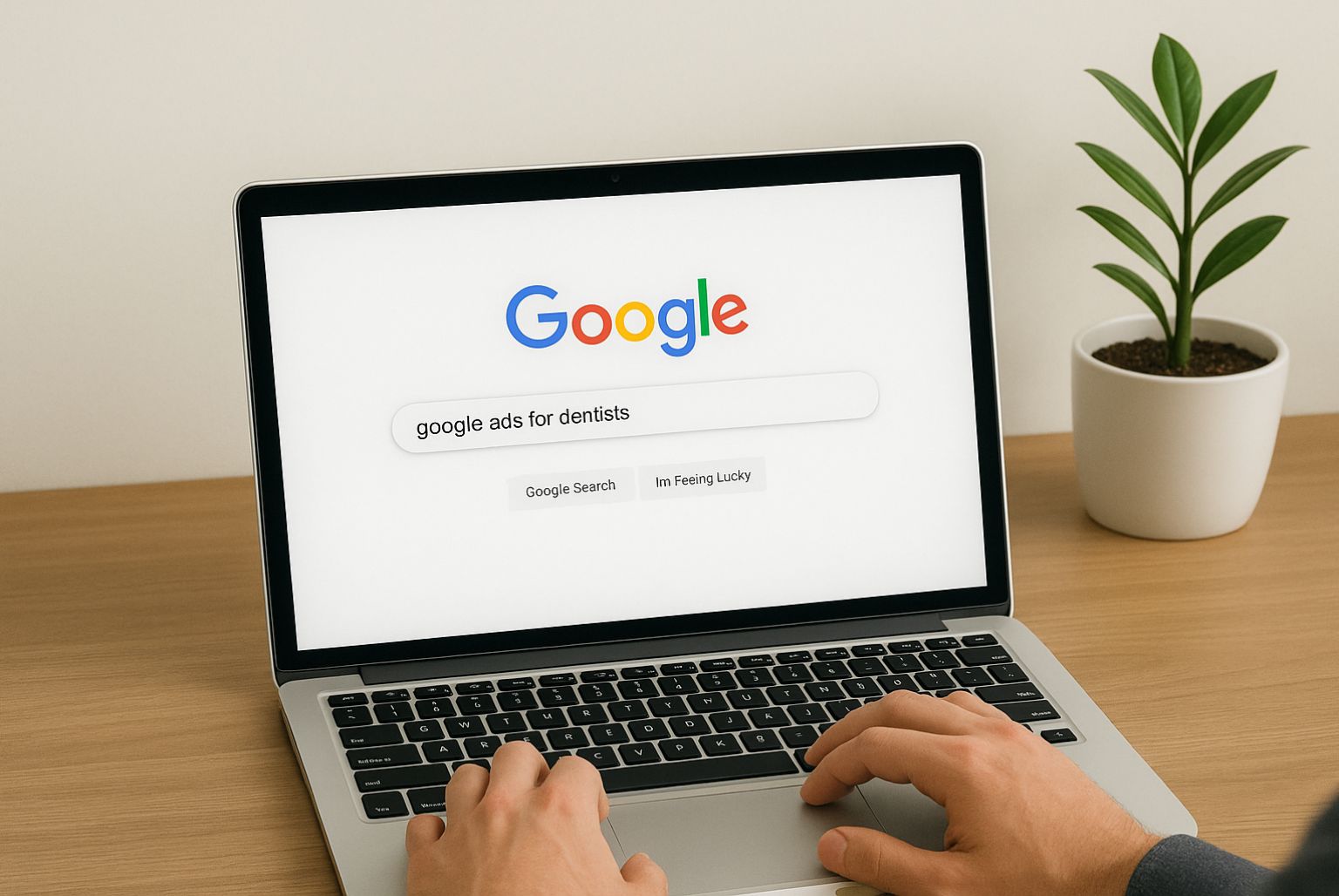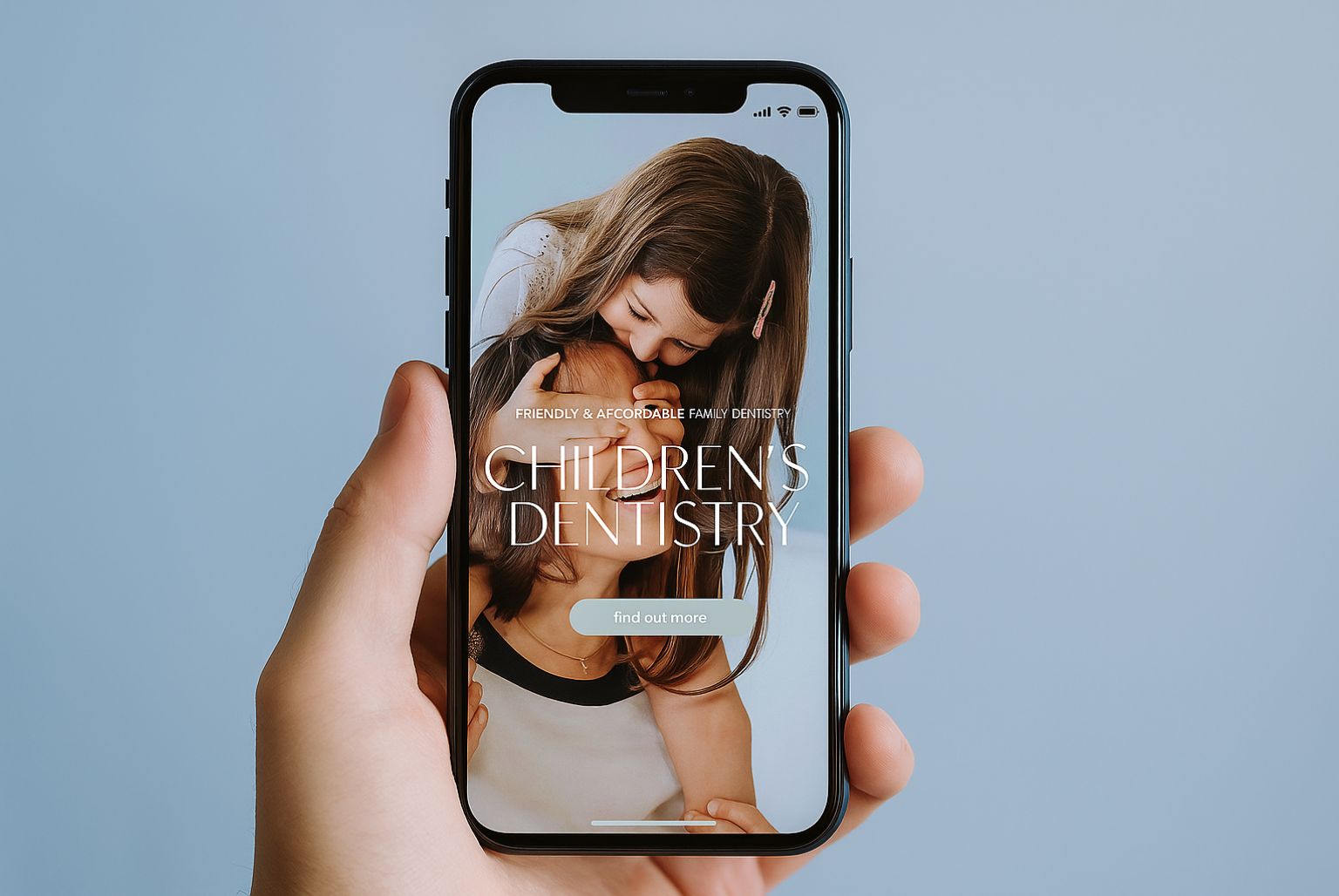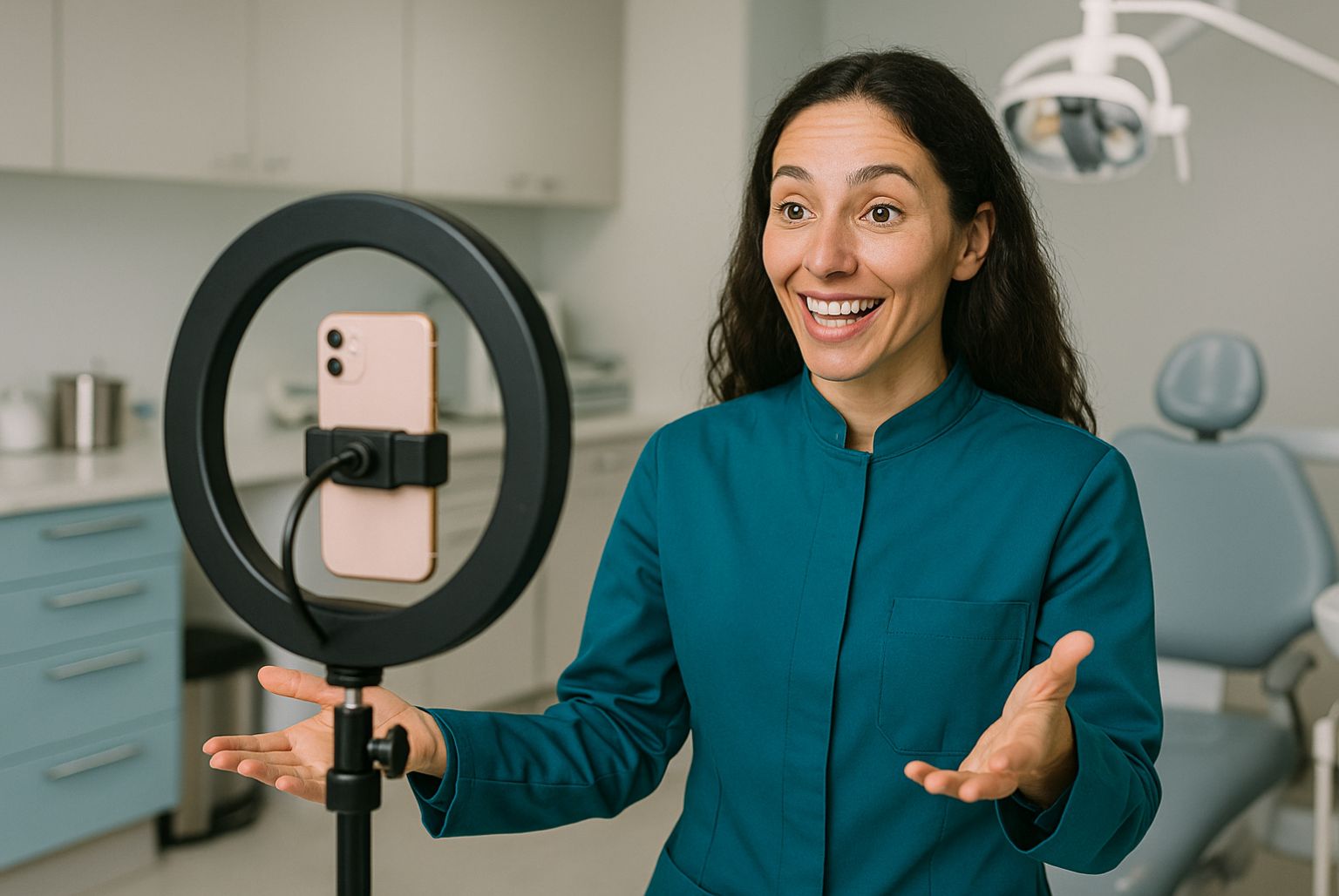Is your website not converting, or performing as well as it should? Have you noticed a dip in enquiries? Do clients complain your website is hard to use, out-of-date or not appearing on Google when they search for your clinic? All of these – and more – are signs that your website needs a redesign.
Why should you redesign your website?
When we talk about ‘redesign’, we’re not simply suggesting a new colour scheme or a snazzy logo. We’re talking about a top-to-bottom overhaul that covers every aspect of how your website looks, reads and performs, ensuring it’s the best it can be to encourage bookings, enquiries and conversions.
How often should you redesign your website?
The industry standard is every couple of years, as technology is quick to move on and overhauling less often than this can leave you looking at best outdated, and at worst unprofessional, affecting that level of trust you’ve carefully built over the years. An ‘old’ website can also enourage clients to go elsewhere, losing valuable custom.
What about the pandemic?
We’ve posted previously on why the pandemic is the perfect opportunity to invest in your website and wider digital marketing strategy. The key takeaways are:
* Use the time you have now wisely, which you may not have once restrictions are lifted
* Capitalise on the boom in wellbeing, aesthetics and fitness searches during lockdown
* Set up virtual consultations to keep in touch with clients and bring new ones on board
* Ensure your content is up-to-date and ready for when things ‘go back to normal’
What happens if your website isn’t optimised?
There are two main problems:
1) Your bounce rate – this is the industry term for the percentage of web traffic which views your site and immediately leaves. A typical bounce rate for any given website is between 41-55%, meaning roughly half of visitors only view a single page when entering a website.
2) Your Google ranking – this relates to where your website or treatment pages appear on Google’s search results pages (SERPs). The top 5 results garner 67% of clicks, while only 5% venture to page 2 of Google and beyond.
Put simply, if your website isn’t up to scratch, visitors will leave and Google will penalise you for it in the search rankings.
How do I know it’s time to redesign my website?
Aside from the two-year-rule, there are a few indicators that it’s time to roll up your sleeves and go under the hood.
1) Load speed – research shows that users are quick to leave slow-loading websites, with 40% of traffic leaving after a 3-second wait. In addition, for each additional second a website takes to load, conversion drops by 7%. Google also take load speed into account when calculating how highly your website should rank on its search result pages.
2) Content – if your content is wrong, badly worded, too long or short, not optimised for SEO (for example, has a lack of keywords) and isn’t regularly updated, you’ll be turning clients away without even realising it. Google actually uses a ”freshness factor” when deciding how to rank search results, looking at how often you update your content, your overall SEO practices and even when you add new pages.
3) Security – safety on the internet is a top priority for businesses and users. Your clients may well be inputting their personal information to sign up for your emails, book a treatment or purchase a product, so ensuring they feel safe to do so is absolutely crucial to your website’s success. Websites should use HTTPS (Hypertext Transfer Protocol Secure) to encrypt personal data, and Google’s Chrome browser recognises this by displaying a padlock icon to any website visitors. Thankfully, if your website is still in HTTP format, it can be converted to HTTPS.
4) Responsiveness – around half of all web traffic comes from a mobile device. This means that menus need to be clear and simple, content needs to adjust to different screen sizes, and load speed needs to take into account that mobile devices often don’t have as powerful software as desktop and laptop devices.
5) Layout – if your menus aren’t clear, and your treatment pages aren’t categorised effectively, how will your clients know which steps to take to access the information they need, and take actions like booking, purchasing and contacting your clinic? As well as ensuring your navigations is mapped clearly, you’ll also need to thread clear calls to action (CTAs) throughout your content, to guide the customer journey and ensure your clients always know their next move.
6) Branding – this is a key way to stand apart from your competitors and become easily recognised (and memorable) across both the digital and print worlds. Strong and unique branding, logos and tone of voice can also enhance client loyalty, as they are hallmarks of trust and professionalism. Branding also helps tell your story, while communicating your values and messages to your clients.
7) Errors – broken links, too many 404s and redirects, problems with your basket, glitches, images not displaying properly… we could go on. If there’s more bad than good about your website, it might be time for a fresh start.
How can you help?
Our team of experts covers everything from SEO and content to website design and performance. We’ve successfully strategised for hundreds of clients in the aesthetics and dental fields and are nationally known for being one of the leading digital marketing agencies in these sectors.
To find out how we can optimise your website, get in touch with the team by calling 01159 140 640 or visiting our contact page.




